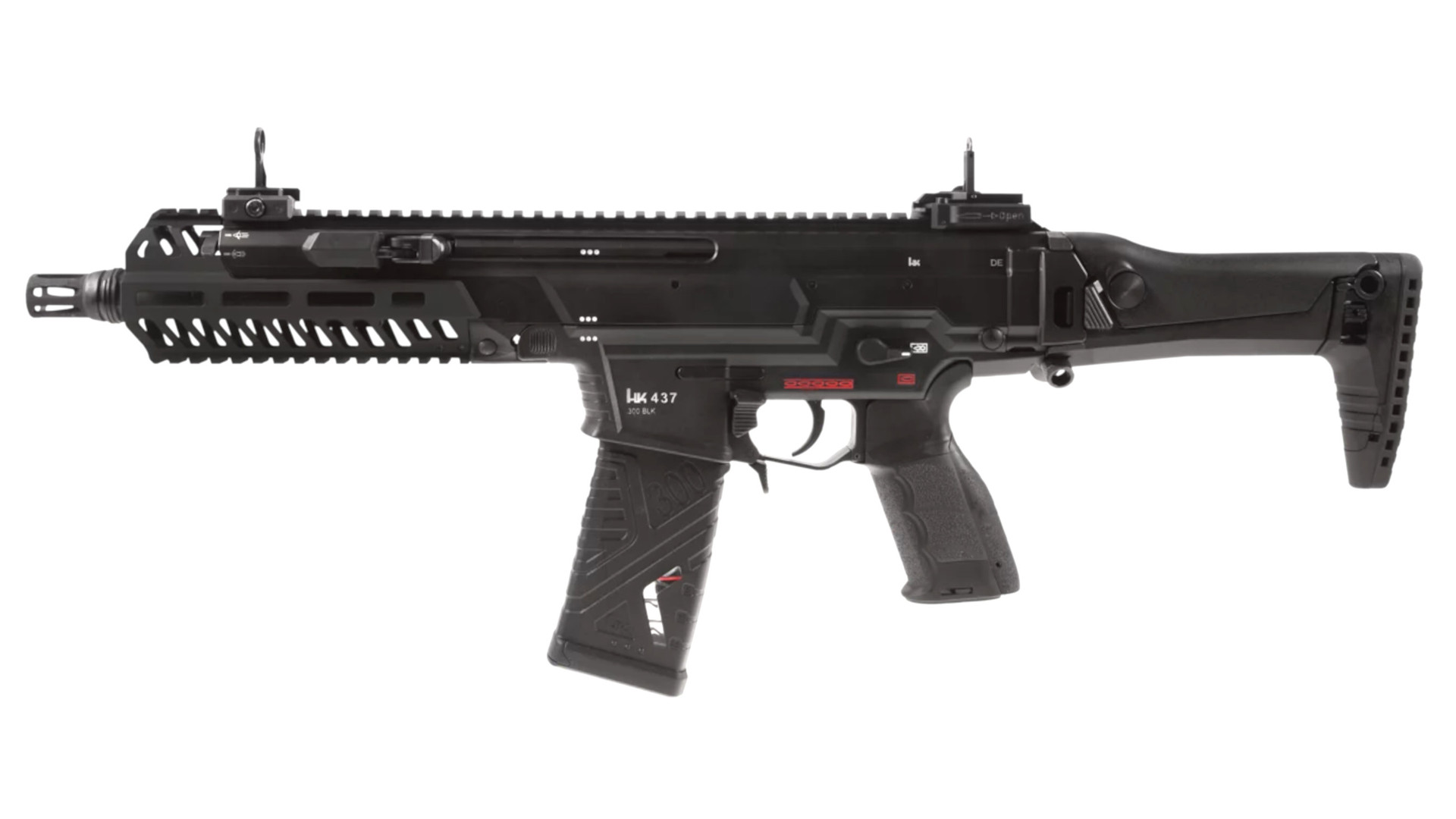The German armed forces are reportedly set to be the first military operator of a version of Heckler & Koch’s HK433 assault rifle. Germany’s special operations forces community is said to be in the process of acquiring a specialized short-barrel sound-suppressed version of the HK433, known as the HK437, which is chambered in the .300 Blackout cartridge. Invented in the United States, .300 Blackout was specifically designed to offer an optimal mix of accuracy and power even when fired from guns with exactly this kind of configuration.
German defense and security news site Hartpunkt first reported the country’s military’s planned acquisition of the .300 Blackout HK437s, which it says will receive the designation G39. Citing “well-informed circles,” the outlet said that the contract between the German armed forces, or Bundeswehr, and Heckler & Koch for these guns was signed earlier this month. That deal is reportedly for an initial batch of 176 guns, along with suppressors and other ancillary items. The Bundeswehr is eventually expected to purchase 988 HK437s.
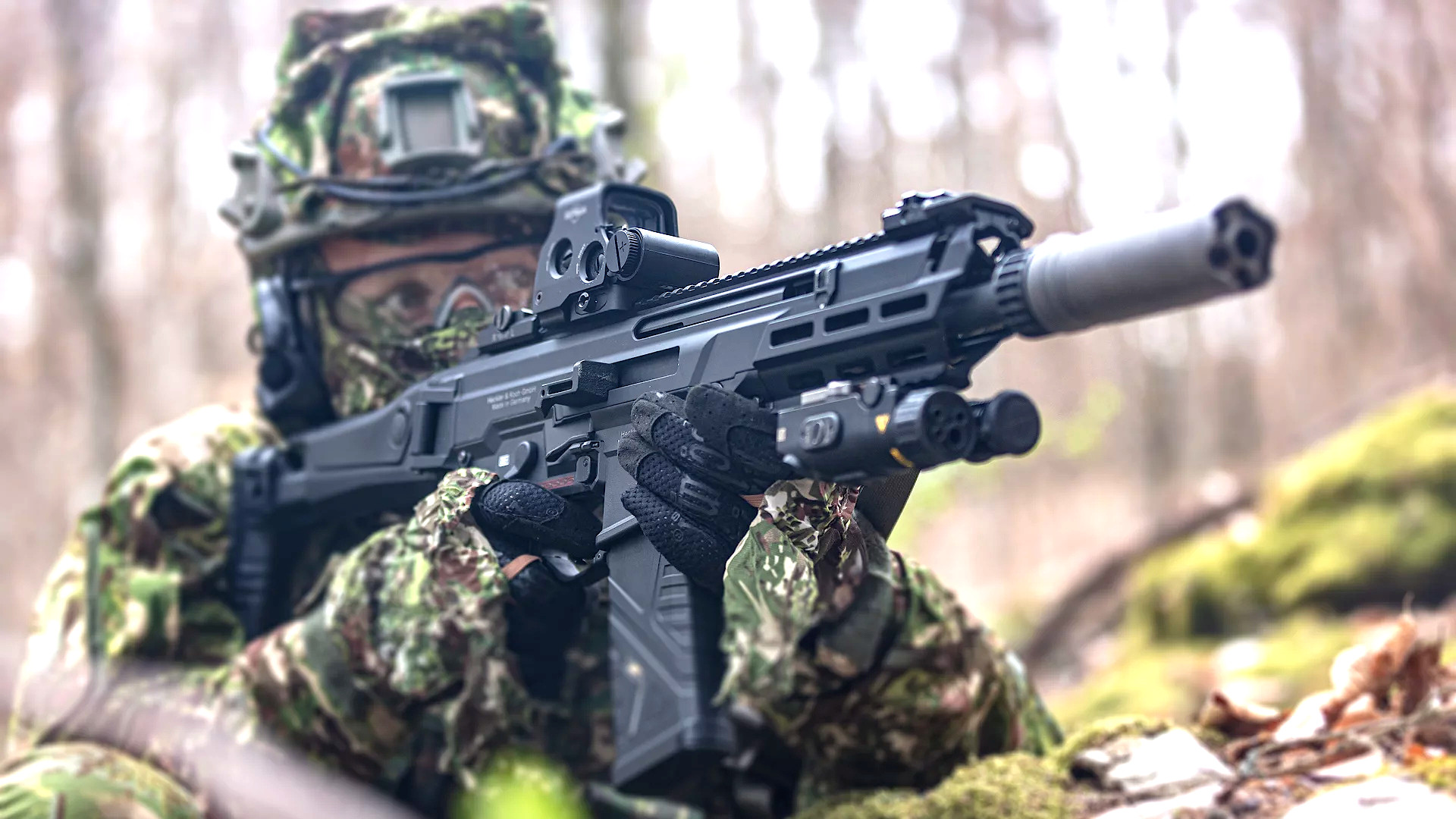
Hartpunkt does not specify which German special operation unit or units are set to receive these new G39s. Germany’s two main special operations forces contingents are the German Army’s Special Forces Command (Kommando Spezialkräfte; KSK) and the German Navy’s Naval Special Forces Command (Kommando Spezialkräfte Marine; KSM). Germany’s air force, as well as the country’s Navy, have additional units that specialize in special operations aviation support.
The report from Hartpunkt does say that the HK437s will be replacements for the remaining variants of the iconic Heckler & Koch 9x19mm MP5SD series of integrally suppressed submachine guns still in German special operations service.
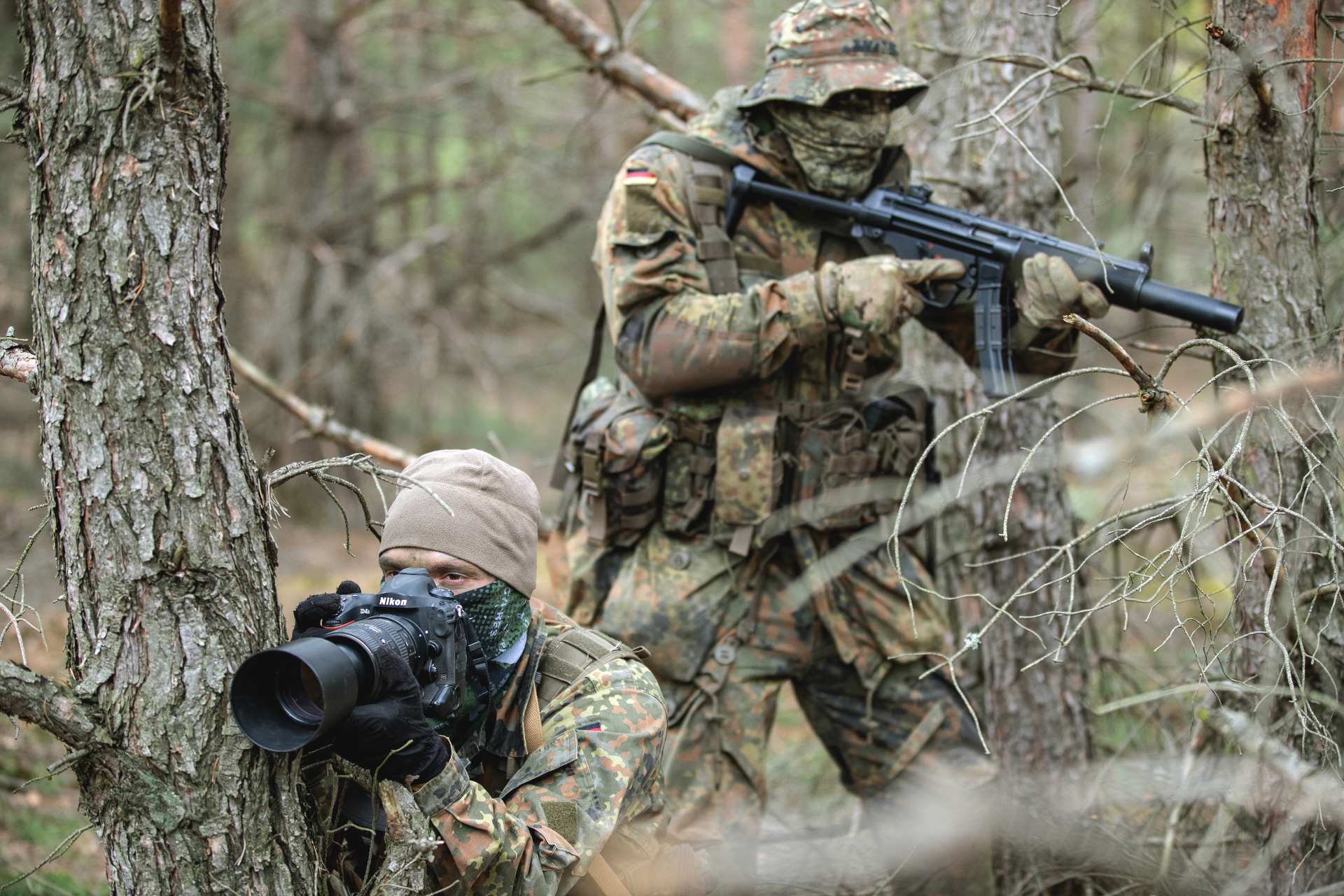
Heckler & Koch publicly introduced the HK433 back in 2017. The police service of the German state of Schleswig-Holstein became the first known major customer of any kind to purchase HK433 variants when it announced it was buying HK437s in .300 Blackout in 2022.
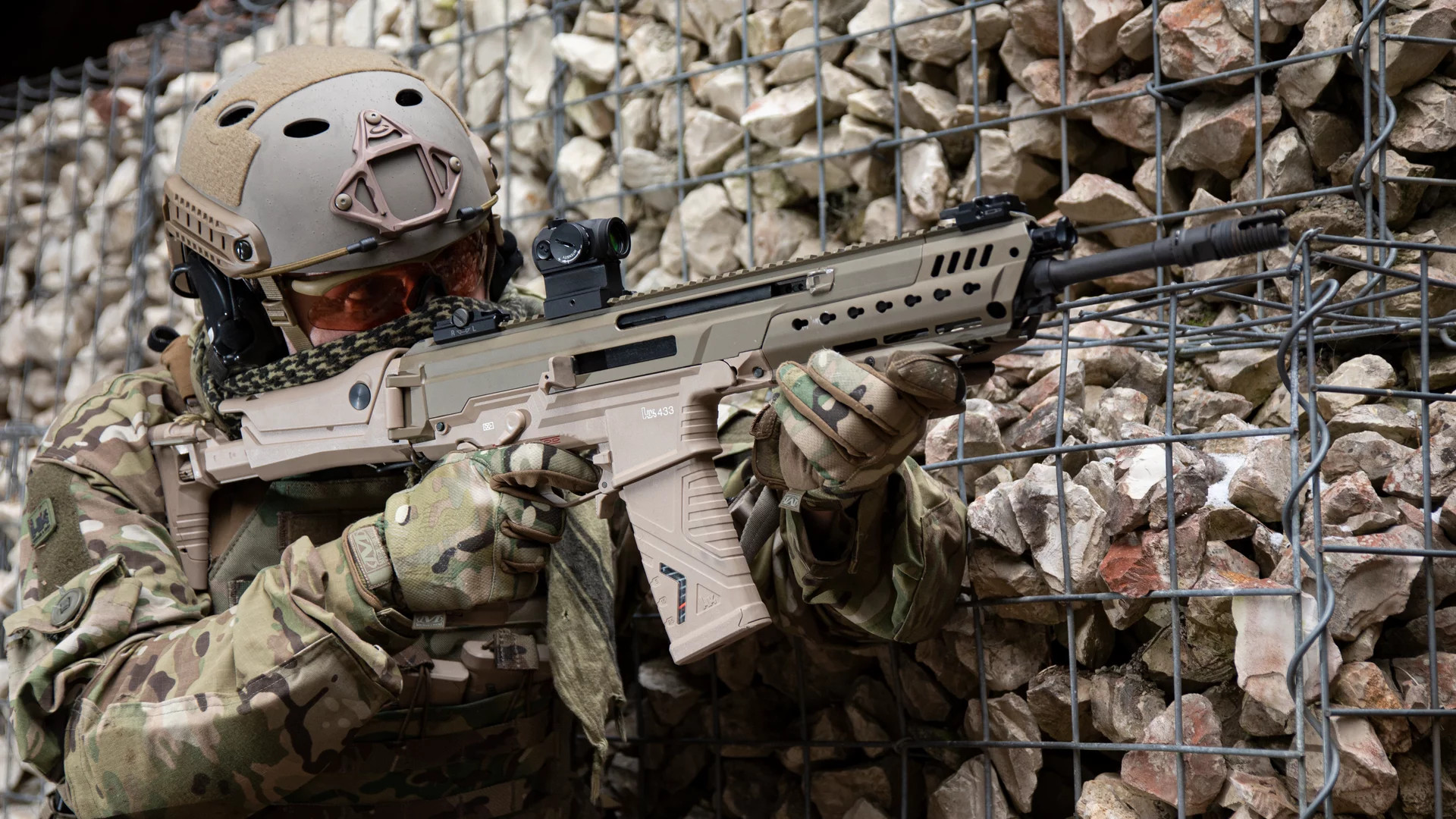
The somewhat futuristic-looking HK433 combined elements of Heckler & Koch’s G36 and HK416 rifles, as you can read more about here. The HK416 is derived from the U.S. AR-15/M16 pattern, but uses a gas piston operating mechanism rather than the direct impingement system found on its American parent. Unlike direct impingement systems, gas pistons don’t introduce additional particulate matter into the internal action of the gun and, as a result, reduce the need for cleaning, and, in some cases, the likelihood of fouling that would cause it to jam. Piston-pattern AR-15/M16 derivatives of many types are becoming increasingly popular.
The HK433 series, as well as all variants of the G36, also use gas piston operating mechanisms. The video below offers a general overview of how such a system works.

The baseline version of the HK433 is chambered in the NATO-standard 5.56x45mm round, has a 16.5-inch barrel, and weighs just under eight pounds (3.6 kilograms) with no magazine or other accessories. However, the gun was designed from the outset to be highly modular with a quick-change barrel system and interchangeable trigger packs offering different control options and layouts.

In addition to being chambered in .300 Blackout, the German special operations G39 version will have a nine-inch barrel and a weight of just shy of seven pounds empty, according to Hartpunkt. It is unclear whether this weight includes the suppressor, which will be part of the gun’s standard configuration. Hartpunkt does not say what kind of suppressor the Bundeswehr is buying along with these guns, but notes that Heckler & Koch has displayed the HK437 fitted with an A-Flow series suppressor for A-Tec in Norway in the past.
For German special operations forces, a suppressed HK437 variant makes good sense. Such a gun would offer valuable capabilities for operations inside buildings and in other close-quarters battle environments where special operators often find themselves. At the same time, the guns would provide more flexibility when used in more open areas, especially compared to MP5SD variants. MP5SD series submachine guns are famously quiet, but are also known for their limited stopping power at any appreciable range.

The two most common loadings for .300 Blackout are supersonic ones intended to provide similar ballistic performance to the famed Soviet 7.62x39mm cartridge used in the AK-47 series, even from short-barreled guns, and subsonic ones optimized for maximum sound reduction and close-in stopping-power when used with suppressors. These attributes have already made .300 Blackout very popular, including within the U.S. special operations community.
The .300 Blackout cartridge is derived from the 5.56x45mm NATO and they are similar dimensionally in many respects. This makes developing conversions for 5.56x45mm guns to .300 Blackout relatively easy, and the two rounds can even use many of the same magazines.
At the same time, it is not entirely clear why the Bundeswehr would go with an HK433 variant to meet this requirement. Heckler & Koch also offers versions of the HK416 series in .300 Blackout. In response to questions from The War Zone in the past, Heckler & Koch has presented the HK433 as a more ‘European’ alternative to the HK416, including in terms of its ergonomics and overall style.
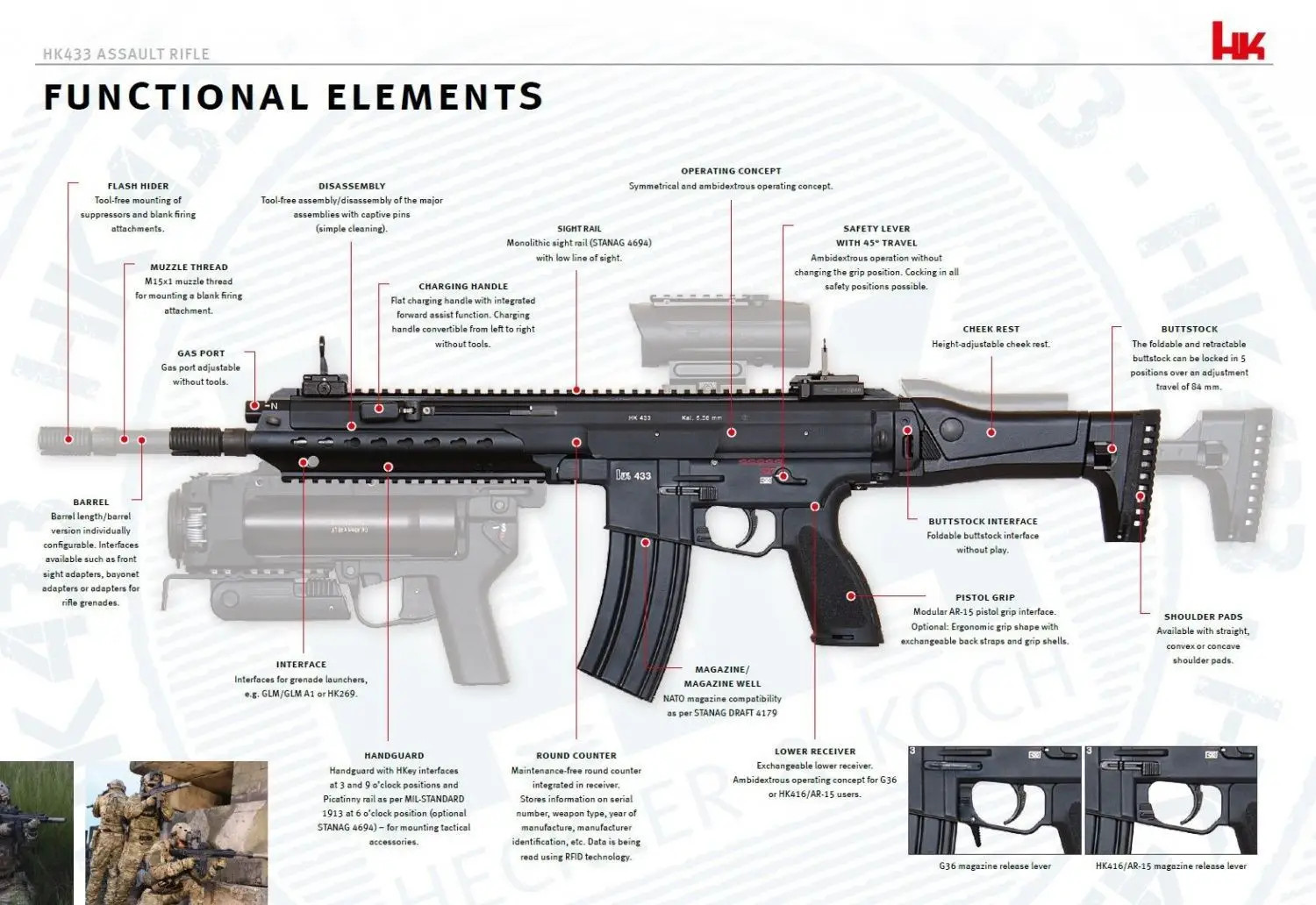
“When you start looking at it from a law enforcement standpoint or a military standpoint, the security forces standpoint, the system, from a lethality or capability standpoint, they [the HK433 and HK416] both perform kinda the same – it’s the same caliber round, it’s in a similar package,” Robbie Reidsma, the defense program director at Heckler & Koch’s American subsidiary, HK USA, told Daniel Terrill, then the gear editor at Task & Purpose, at the 2022 SHOT Show in response to questions from The War Zone. “The packages are just designed differently.”
“Some people like Porches, some like Ferraris,” Reidsma added at the time. “They both go really fast, they’re sexy, but everybody’s got a little different flavor.”
Members of the HK433 family notably have their charging handles on the side toward the front of the gun. This is reminiscent of the layout found on the MP5, the gun the HK437 is reportedly going to replace in German special operations services, as well as other older Heckler & Koch designs, like the G3 and HK33 rifles. This is also somewhat similar to the configuration found on the SCAR series of rifles developed by Belgium’s FN Herstal. The HK416 has a typical t-shaped AR-15/M16-type charging handle at the rear of the main receiver. The G36’s charging handle is on top of the center of the gun.
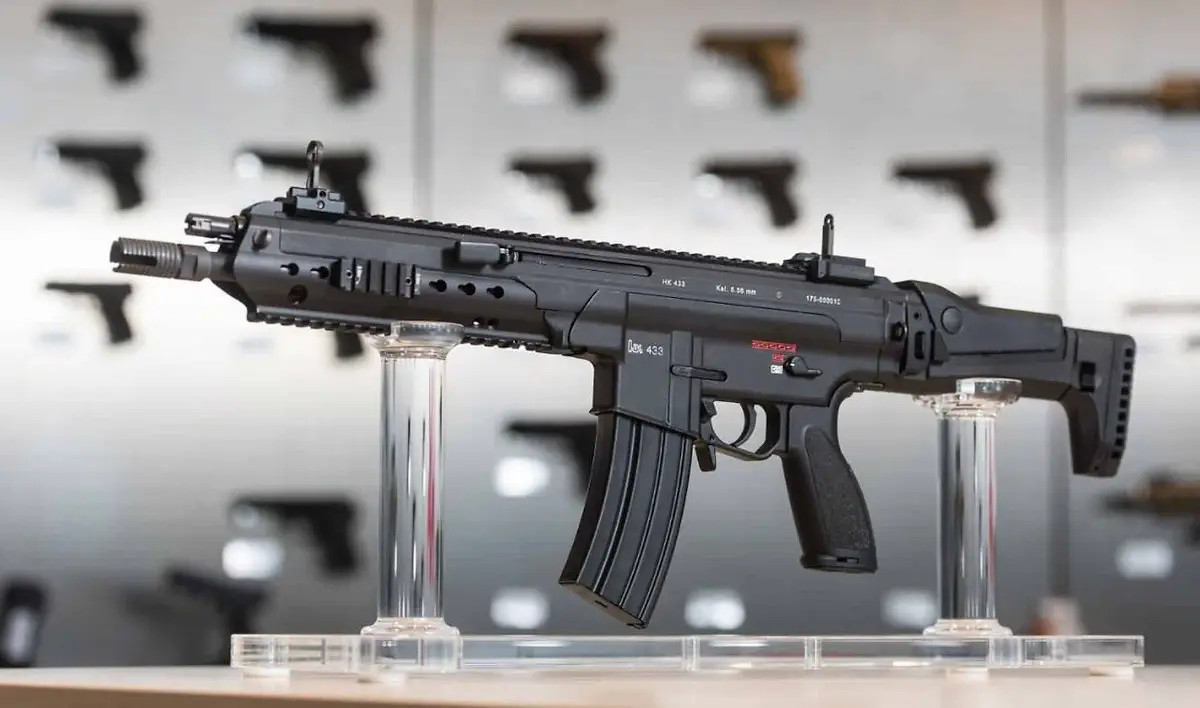
At the same time, German special operations forces already use HK416 variants. A version of the HK416 is also set to become the next standard German service rifle.
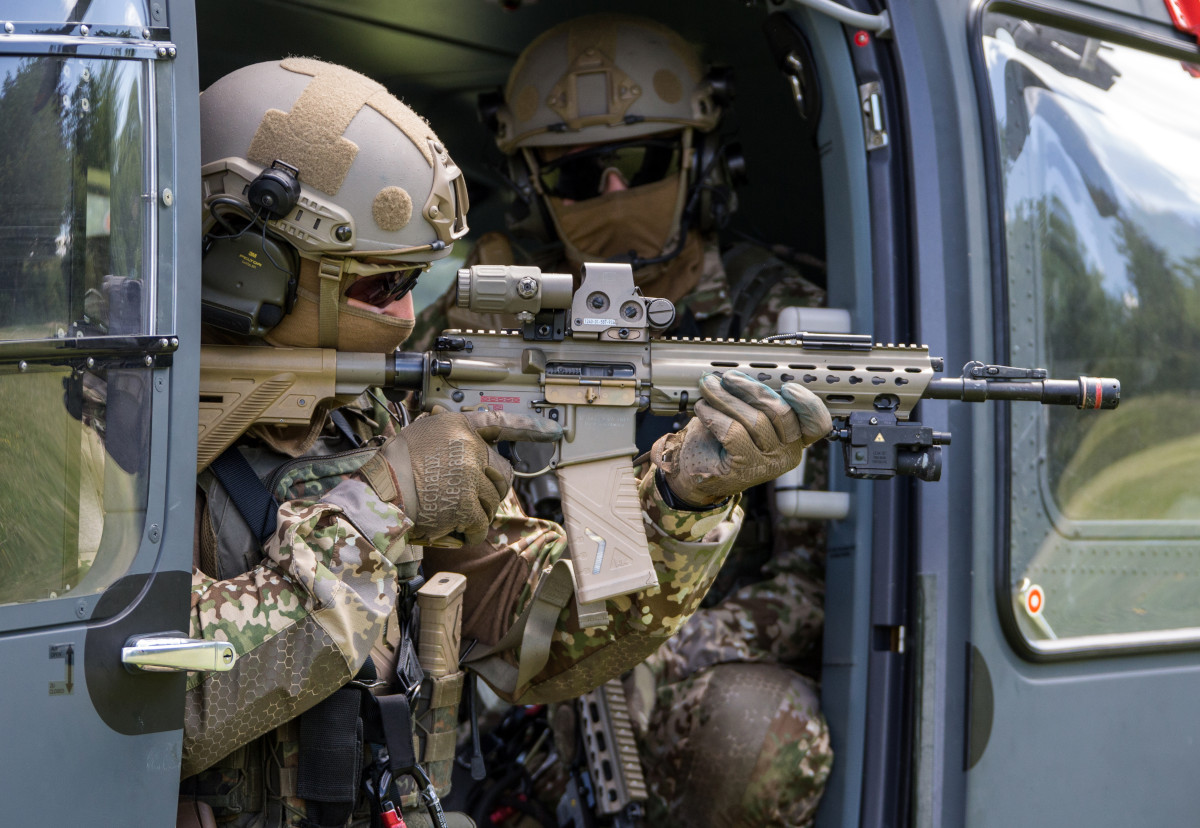
Regardless of how the Bundeswehr arrived at its decision, Germany’s special operations forces appear to be in line to become the first military operators of an HK433 variant.
Contact the author: joe@twz.com
